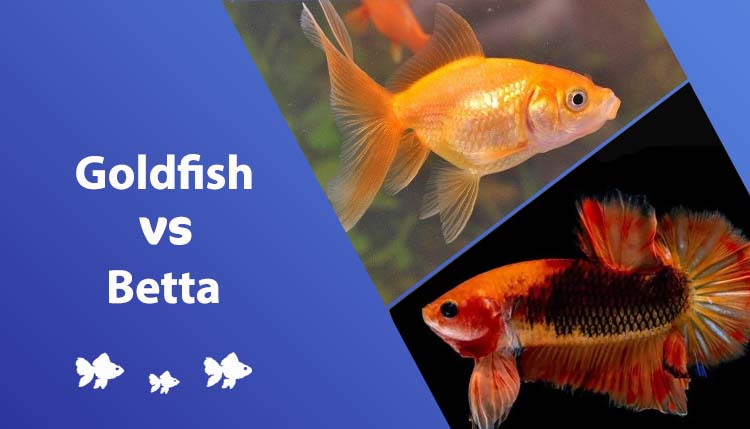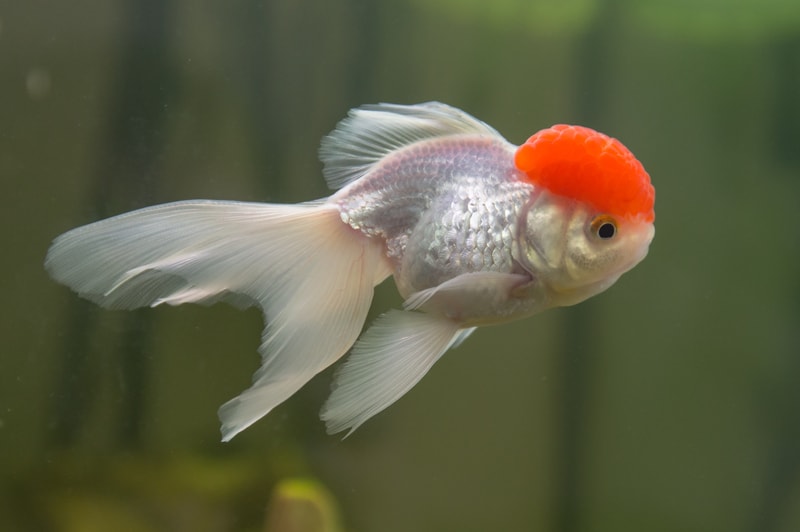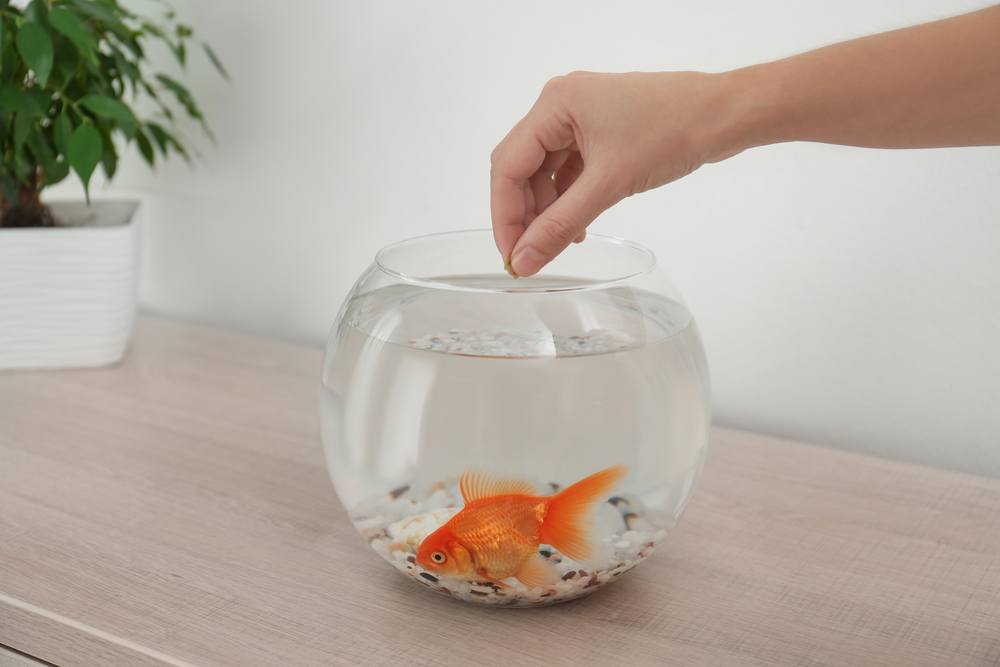How to Breed Goldfish: 11 Vet-Approved Tips
Updated on
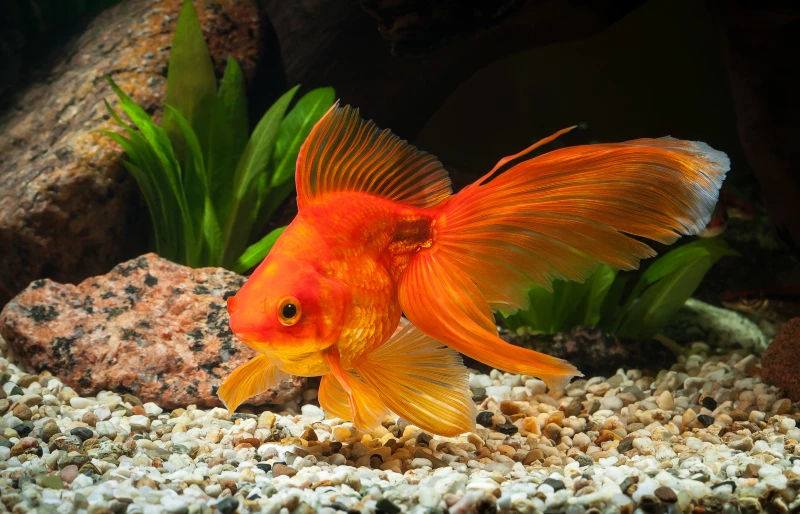
Goldfish are interesting, fun, and social fish that many people love to keep. They come in a variety of unique and beautiful breeds, and because of this, some people choose to breed them. Some people breed goldfish to raise “feeder” fish.
Regardless of why you’re breeding goldfish, and although we recommend sticking to breeding them to appreciate their joy and beauty, they’re not particularly difficult to breed. There are some tricks to succeeding in goldfish breeding, though, so you will need to know what you’re doing to keep your fish safe and successfully breed them and raise the fry.

The Key to Successful Goldfish Breeding
Multiple things will aid in your goldfish breeding venture, but there is one thing that seems to be the key to success: temperature.
In the wild, goldfish and other carp are stimulated to breed by the warming of the water as winter turns into spring and summer. If you keep pond goldfish, then you probably already have noticed that they become much more active, and the males start chasing the females more once the warmer temperatures hit.
For goldfish that live indoors, you can mimic the seasonal changes. If your goldfish are kept in a tank that is kept at room temperature and doesn’t have any kind of internal temperature control, then there is a possibility of this occurring naturally as the temperatures in your home change. It’s more likely, though, that you’ll need to enlist the help of a tank heater to trick your goldfish’s bodies into believing the season is changing and that it’s time to mate.
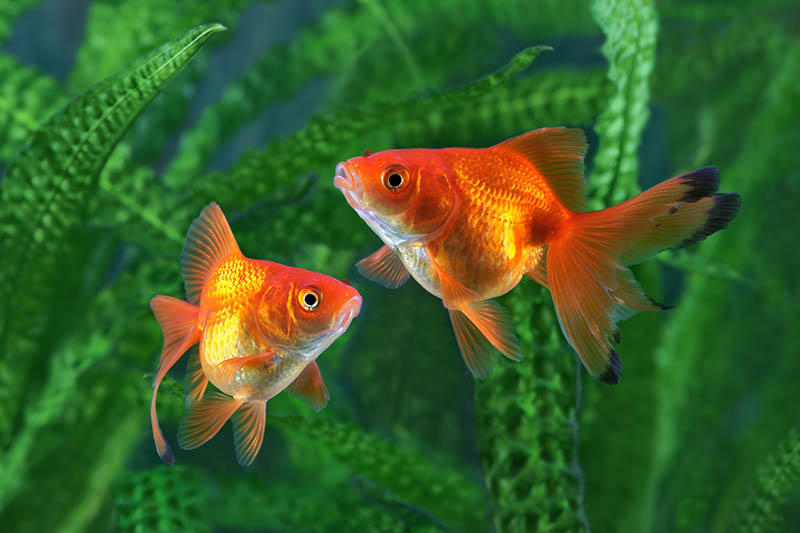
The 11 Goldfish Breeding Tips
1. Control the Temperature
As previously mentioned, a temperature shift is the top way to initiate the breeding process in your goldfish. If you’re able to, keep your fish in a cooler part of your home during the winter, like a garage or basement. Aim for water temperatures between 40–60°F, as these temperatures will mimic cooler winter temperatures in the wild.
For fancy goldfish, aim to keep them on the warmer end of this spectrum. If your fish are located somewhere that has the potential for freezing, consider moving them or adding a tank deicer. Always ensure proper aeration when your fish are in cooler temperatures.
After a few weeks or even a couple of months in this state, start warming up the water temperature. This should be performed slowly to prevent shock, though, so stick to only warming by about 3 degrees per day. A temperature range from 68–75°F is recommended for breeding, with 70°F being the ideal standard.

2. Alter Your Tank Lighting
Temperatures aren’t the only thing that begins to shift when winter fades into spring! Light patterns begin to change as the days get longer. By slowly increasing your tank’s daily lighting, you will help mimic the natural shift between seasons.
At least 12 hours per day of good lighting is necessary for breeding success. Just remember that the more light your tank receives, the more likely it is to develop algae overgrowth, so keep a close eye on this and reduce the light if algae starts to become a problem.
3. Select Goldfish That Are Sexually Mature
Goldfish that aren’t sexually mature are physically unable to breed. It can be difficult to determine if your fish have reached sexual maturity, but this typically occurs between 8 months to 1 year of age.
In general, goldfish you purchase from stores are less than 6 months of age. Male goldfish will begin to develop breeding stars when breeding season begins once they’ve hit sexual maturity, while females will begin to become more plump with eggs.

4. Ensure the Health of the Goldfish
Unhealthy fish simply won’t breed, and even if they do try, they are unlikely to succeed in producing viable or healthy offspring. To breed your goldfish, they should be free of physical abnormalities, as well as illnesses and injuries. They should be in prime health. Breeding can be stressful, and fish that aren’t healthy are more likely to become stressed or injured during breeding.
5. Change Their Diet
Although it’s not always necessary, it’s recommended to alter your goldfish’s diet prior to breeding. This is especially important if your fish have been kept in cool “winter” water. While in cool water, goldfish will eat and metabolize less, instead surviving off the body’s energy stores.
To successfully produce reproductive products, like eggs, and ensure healthy eggs that make it to hatching, energy from a high-quality diet is essential. There are some commercial foods that are intended for breeding fish, as well as diets that contain extra nutrients to help your fish transition from winter to spring. You can also increase the protein in your goldfish’s diet by including treats like bloodworms and chopped earthworms. It’s likely that your fish will not only need different food than usual but also more food than usual.
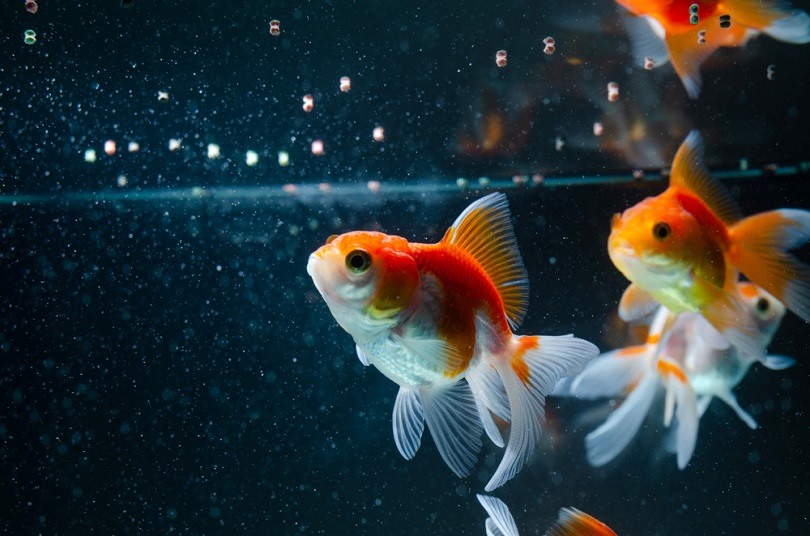
6. Maintain Excellent Water Quality
Improving water quality is the answer to a huge portion of the problems that people report with their goldfish, including having difficulty getting their fish to breed. Poor water quality can stress your fish, leading to illness, as well as the potential for parasitic infections.
Stressed fish will not only be more likely to get sick, but they aren’t going to want to breed, even if they’re physically able to. Keep your water very clean, and don’t forget to account for the increased amount of food your fish are consuming.
7. Try a 2:1 Ratio
It obviously makes sense to ensure you have a male and a female fish if you want your fish to breed. However, there actually seems to be greater goldfish breeding success if you change the ratio to two males to one female.
It’s important to properly identify the males and females you have, but during the breeding season, males will develop breeding stars on the sides of their gills. Breeding stars look like your fish has been sprinkled with sugar or salt, but only on the sides of the gills and “cheek” area. White dots anywhere else on the body can indicate a problem, like ich.
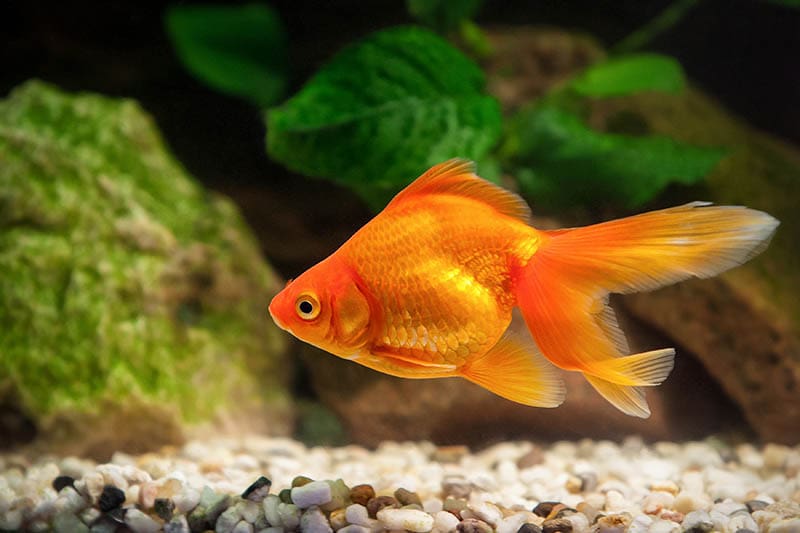
8. Avoid Charcoal Filter Inserts
When it’s time for goldfish to breed, they will begin to release pheromones into the water. Charcoal filter inserts are intended to absorb as many of the excess chemicals and odors from the water as possible, which means they also can absorb the pheromones that your fish are releasing. If your fish don’t detect each other’s pheromones, then they will be less likely to attempt to breed.
9. Separate the Fish
After multiple unsuccessful breeding attempts while following all of the above tips, you may need to give your fish some time apart. This can be achieved with a tank divider, as well as a large breeder box. Some people even use a large colander to separate their fish. The idea of separating the fish is that they will be able to smell each other’s pheromones, but they won’t be able to get to each other to breed.
This is one of the cases where absence makes the heart grow fonder, and a period of separation is likely to increase your fish’s desire to breed.
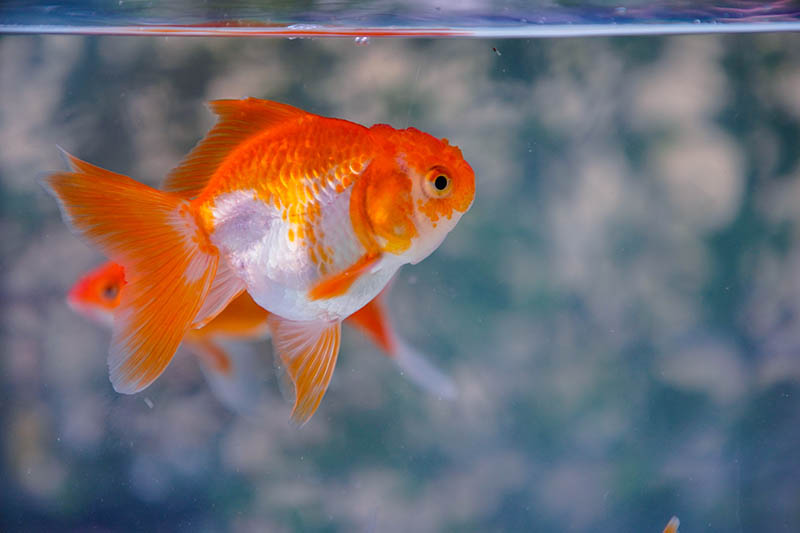
10. Use Spawning Mops
Spawning mops are an essential tool for successfully collecting the eggs after your fish spawn. Spawning mops are intended to catch the eggs, giving them a safe place to land where they won’t get eaten. It also makes it much easier for you to remove the eggs from the tank and move them to a hatching tank.
Plants with lots of small leaves, like hornwort and cabomba are both excellent plants to use as spawning mops. You can also use felt, nylon yarn, and other pieces of soft fabric. Some people even get creative and use fluffy plastic objects, like pom poms.
11. Raise the Fry Separately
Once goldfish spawn, they will take no additional interest in the eggs. They won’t care for or protect the eggs or the fry once they hatch. In fact, it’s not uncommon for goldfish to consume their own eggs and fry.
For the best shot at survival for the eggs and fry, they should be removed from the tank shortly after spawning (thanks to your spawning mop) and then moved to a hatching tank. After hatching, the fry should be kept away from their parents until they are too large to be eaten by them.


Conclusion
It might sound like a lot, but many of these steps are simply good goldfish husbandry. If you’re already doing things like maintaining excellent water quality and providing a high-quality, high-protein diet, then your goldfish may choose to breed on their own.
You will likely need to encourage them a little bit with changes in temperature and lighting, but healthy fish are more likely to breed unprompted. Support the overall health of your fish and work to keep them safe during the breeding process. Sometimes, males can get too excited when chasing females for spawning, which can lead to injuries. If your fish start to get too rough or stressed, keep them separated for a little while so they can recuperate.
Featured Image Credit: dien, Shutterstock

